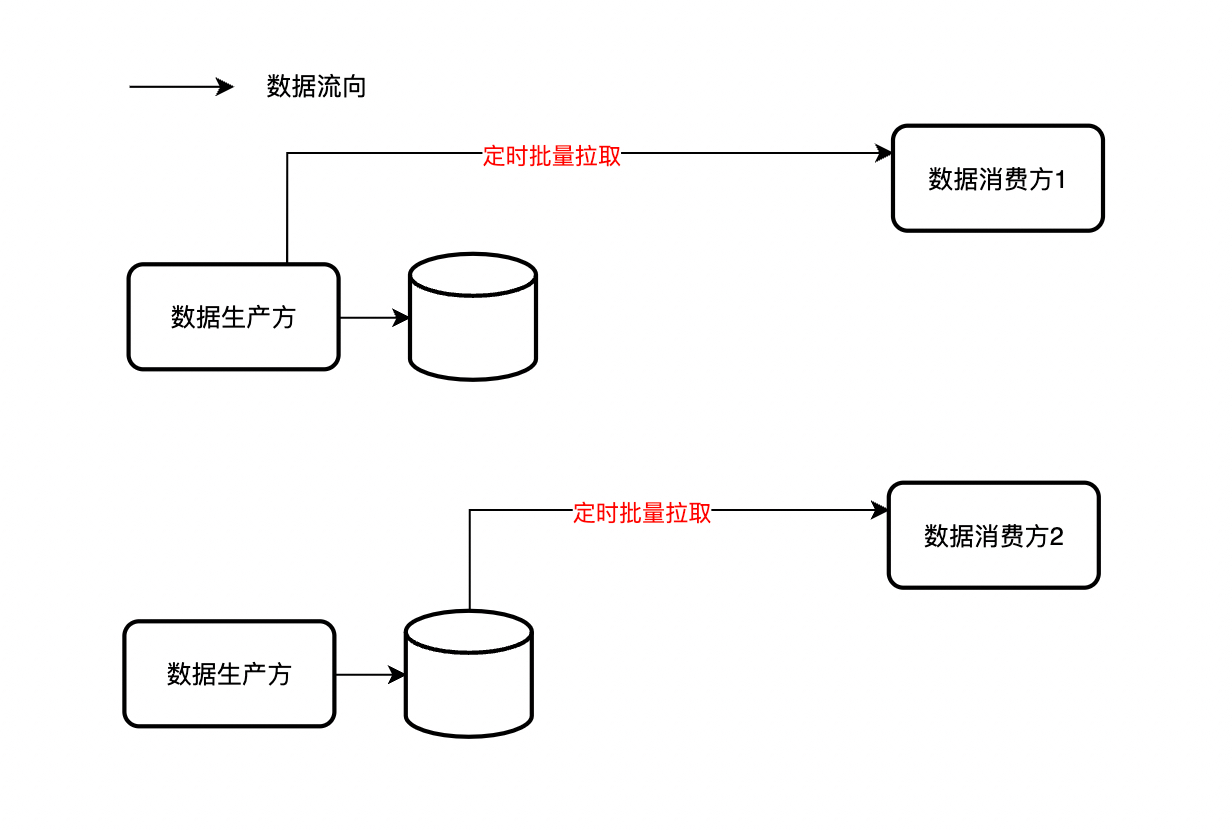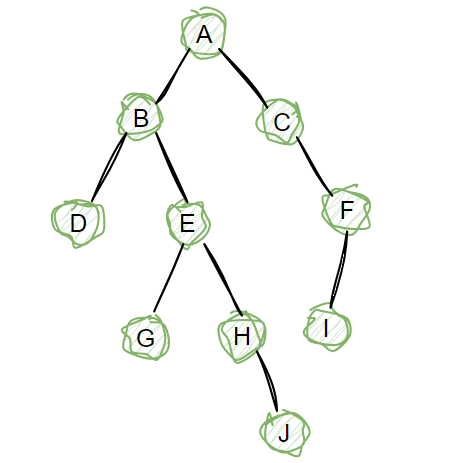前言
stack和list的使用就不讲了,讲一下模拟实现,然后讲一下deque,最后讲一下优先队列
1. stack的模拟实现
template<class T,class container>//这个container是vector,或者list或者deque(后面会说),这就叫做适配器,
//用适配器来实现stack
//就免去了很多我们要实现的东西
class stack
{
public:
//stack();可以不用写
void push(const T& x)
{
_con.push_back(x);
}
void pop()
{
_con.pop_back();
}
T& top()
{
return _con.back();
}
const T& top()const
{
return _con.back();
}
size_t size()const
{
return _con.size();
}
bool empty()const
{
return _con.enmpty();
}
private:
container _con;
};
template<class T,class container>
这个container是vector,或者list或者deque(后面会说),这就叫做适配器,
用适配器来实现stack
就免去了很多我们要实现的东西
因为vector,list这些适配器都有pop_back,这些函数,所以不管是哪个适配器都是可以实现这个栈的
stack<int,vector<int>> s;
s.push(1);
s.push(2);
s.push(3);
s.push(4);
s.push(5);
s.push(6);
while (!s.empty())
{
cout << s.top() << endl;
s.pop();
}
cout << endl;

然后这样调用,这个模版参数,模版列表,就相当于函数那样,int传给T,vector传给container,然后就可以正常操作了,因为像函数那样,所以模版参数也可以设置缺省值
template<class T,class container=deque<T>>
这里既可以设置vector为缺省值,也可以设置list,但我们一般设置deque,队列也是这样的
stack<int> s;
2. queue的模拟实现
namespace bit
{
template<class T, class container = deque<T>>
class queue
{
public:
//stack();可以不用写//因为有默认构造
void push(const T& x)
{
_con.push_back(x);
}
void pop()
{
_con.pop_front();
}
T& top()
{
return _con.front();
}
const T& top()const
{
return _con.front();
}
size_t size()const
{
return _con.size();
}
bool empty()const
{
return _con.empty();
}
private:
container _con;
};
void test2()
{
queue<int> s;
s.push(1);
s.push(2);
s.push(3);
s.push(4);
s.push(5);
s.push(6);
while (!s.empty())
{
cout << s.top() << endl;
s.pop();
}
cout << endl;
}
}

这个就没什么好说的了,和stack差不多,唯一值得说的就是,那个模版参数的缺省值不能设置vetor,第一是因为vector没有头插这个函数,第二就是vector头插效率太低了
3. deque相关讲解
deque也叫做双端列表

双端列表的底层大致结构就是这样的,有一个指针数组,指针数组也不是从头开始的,而是从中间某个位置开始指向一些小数组,小数组的大小一般是固定的,比如都是10个

如果要尾插入数据,就会在末尾的小数组后面插入数据,小数组满了,就在这个末尾小数组后面在开辟,头插入数据,就在最前面的小数组前面插入数据,满了继续开辟就是了
deque还支持随机访问,也就是[]访问,因为每个小数组长度固定,就可以通过/10和%10来快速确定位置,所以访问也很快,但是访问没有vector快
但是呢,deque的中间插入就很坑了,要大量挪动后面的小数组
所以说deque这个东西呢,头插头删,尾插尾删很方便,其余的都一般,正是因为其余的一般般,所以无法替代vector和list,因为头插头删,尾插尾删很方便,所以适合作为栈和队列的适配器
下面讲一下大致怎么实现的

deque最主要的内容就是迭代器了,上图的starrt和finish就是迭代器,deque就是全程依靠迭代器实现的cur指向那个小数组里的某个数据当前位置,first指向小数组的头,last指向小数组的尾,node是个二级指针,指向指针数组里的指向小数组的值,就这样就可以很快实现deque了
所以说呢,deque就相当于是vector和list的结合体
还有就是,它的头文件就是deque
4. 优先级队列priority_queue
这个的头文件就是queue,这个东西就类似堆,或者说就是堆,底层是一个数组,使用和堆一摸一样的,因为底层是一个数组,所以我们可以用vector作为适配器
讲priority_queue的实现前,我们先讲一下使用

priority_queue首先它没有initializer_list的构造,所以不能这样,但它支持迭代器的赋值
int arr[] = { 1,2,34,5,7,8,9,07,6,5,5,4,3,3 };
priority_queue<int> a(arr, arr + sizeof(arr) / sizeof(arr[0]));
while (!a.empty())
{
cout << a.top() << " ";
a.pop();
}

首先要说的就是,对于正常的数组,它的指针就是就是它的迭代器
然后因为是堆嘛,每次出数据,调整数据,那肯定是有序的,看的出来,我们这个实现的是大堆
int arr[] = { 1,2,34,5,7,8,9,07,6,5,5,4,3,3 };
priority_queue<int,vector<int>,greater<int>> a(arr, arr + sizeof(arr) / sizeof(arr[0]));
while (!a.empty())
{
cout << a.top() << " ";
a.pop();
}
如果要实现成小堆的话,就要加上greater了,其实如果是排序的话,也是一样的,我们调用的排序,默认是升序的,但是如果加上greater,那么就是降序的了,因为编译器默认的模版参数是less,less是升序的,因为greater在priority_queue中是第三个参数,所以要传greater就要先传vector,vector是第二个模版参数,而且还是默认值
下面我们开始priority_queue的模拟实现
先实现一个大堆,先不管greater怎么搞的
在此之前,先提醒一点模版中的语法错误是不会直接用红线报出来的,比如你用的中文符号就不会直接报错来
template<class T,class container=vector<T>>
class priority_queue
{
public:
priority_queue() = default;
//我们先写个迭代器区间构造
template<class my_iterator>
priority_queue(my_iterator first, my_iterator end)
{
while (first != end)
{
_con.push_back(*first);
first++;
}
//在把这个写成堆
int child = (_con[(_con.size() - 1 - 1) / 2]);//从这个位置开始向下调整
while (child >= 0)
{
Adjust_down(child);
child--;
}
}
void Adjust_down(int parent)
{
int child = 2 * parent + 1;
while (child < _con.size())
{
if ((child + 1) < _con.size() && _con[child + 1] > _con[child])
{
child++;
}
if (_con[parent] < _con[child])
{
swap(_con[parent], _con[child]);
parent = child;
child = 2 * child + 1;
}
else
{
break;
}
}
}
void Adjust_up(int child)
{
int parent = (child - 1) / 2;
while (child > 0)//child等于0,就说明已经比较完了
{
if (_con[child] > _con[parent])
{
swap(_con[child], _con[parent]);
child = parent;
parent = (child - 1) / 2;
}
else
{
break;
}
}
}
void push(const T&x)
{
//先插入vector,然后在向上调整
_con.push_back(x);
Adjust_up((int)_con.size() - 1);
}
void pop()
{
swap(_con[0], _con[_con.size() - 1]);
_con.pop_back();
Adjust_down(0);
}
T& top()
{
return _con[0];
}
const T& top()const
{
return _con[0];
}
size_t size()const
{
return _con.size();
}
bool empty()const
{
return _con.empty();
}
private:
container _con;
};
int arr[] = { 1,2,34,5,7,8,9,7,6,5,5,4,3,3 };
priority_queue<int> a(arr, arr + sizeof(arr) / sizeof(arr[0]));
while (!a.empty())
{
cout << a.top() << " ";
a.pop();
}

我们这个建立的是大堆,如何建立小堆呢,其实只需要将大堆的函数的>改成<,<改成>就可以了
但是这样还要写一个模版吗,其实还有一个更简单的方法,就是仿函数的方法
template<class T>
class myless
{
bool operator()(T& t1, T& t2)
{
return t1 < t2;
}
};
如上图,这就是个仿函数,所谓仿函数就是对()的重载,使类产生的对象可以像函数那样去使用
myless<int> m;
cout << m(1, 2) << endl;

以前的重载,比如operator<;就是这样使用的m<T,小于始终只有一个操作数,但是()的重载,操作数就可以有很多个,而且返回值不唯一,也可以有很多
template<class T>
class myless
{
public:
bool operator()(const T& t1,const T& t2)
{
return t1 < t2;
}
};
template<class T>
class mygreater
{
public:
bool operator()(const T& t1, const T& t2)
{
return t1 > t2;
}
};
所以两个仿函数就这样定义
void Adjust_down(int parent)
{
int child = 2 * parent + 1;
while (child < _con.size())
{
if ((child + 1) < _con.size() && _con[child + 1] > _con[child])
{
child++;
}
compare a;
if (a(_con[parent] , _con[child]))
{
swap(_con[parent], _con[child]);
parent = child;
child = 2 * child + 1;
}
else
{
break;
}
}
}
void Adjust_up(int child)
{
int parent = (child - 1) / 2;
while (child > 0)//child等于0,就说明已经比较完了
{
compare a;
if (a(_con[parent], _con[child]))
{
swap(_con[child], _con[parent]);
child = parent;
parent = (child - 1) / 2;
}
else
{
break;
}
}
}
对应函数就这样写,这样的话,就实现了大于小于的切换了,只需要传入less和greater就可以了,这里我们防止与库里的less冲突,所以才这样命名
int arr[] = { 1,2,34,5,7,8,9,7,6,5,5,4,3,3 };
priority_queue<int,vector<int>,mygreater<int>> a(arr, arr + sizeof(arr) / sizeof(arr[0]));
while (!a.empty())
{
cout << a.top() << " ";
a.pop();
}

以后还会经常用到仿函数的
5. 练习题
5.1 最小栈



class MinStack {
public:
MinStack() {
//不用写
}
void push(int val) {
stack1.push(val);
if (stack2.empty() || stack2.top() >= val)//为空,或者val就是最小数据
{
stack2.push(val);
}
}
void pop() {
int tmp = stack1.top();
stack1.pop();
if (tmp == stack2.top())
{
stack2.pop();
}
}
int top() {
return stack1.top();
}
int getMin() {
return stack2.top();
}
private:
stack<int> stack1;
stack<int> stack2;
};
5.2 栈的压入、弹出序列


class Solution {
public:
/**
* 代码中的类名、方法名、参数名已经指定,请勿修改,直接返回方法规定的值即可
*
*
* @param pushV int整型vector
* @param popV int整型vector
* @return bool布尔型
*/
bool IsPopOrder(vector<int>& pushV, vector<int>& popV) {
// write code here
//stack<int> s1;
//int i = 0;
//int j = 0;
//s1.push(pushV[i]);
//i++;
//while (i < pushV.size())//如果这样设计的话,那么最后一个元素入栈,后就直接跳出来了,还没有判断后面的是否对应
// while (i < pushV.size())//但取了等于就永远死循环了,太麻烦了
// {
// while(!s1.empty()&&popV[j] == s1.top())//因为为空无法访问
// {
// s1.pop();
// j++;
// }
// if(s1.empty()|| popV[j] != s1.top())
// {
// s1.push(pushV[i]);
// i++;
// }
// }
// if (!s1.empty())
// {
// return false;
// }
// else
// {
// return true;
// }
//}
stack<int> s1;
int i = 0;
int j = 0;
while (i < pushV.size())//交换一下位置呢//先入栈在判断是否对应
{
if (s1.empty() || popV[j] != s1.top())
{
s1.push(pushV[i]);
i++;
}
while (!s1.empty() && popV[j] == s1.top())//因为为空无法访问
{
s1.pop();
j++;
}
}
if (!s1.empty())
{
return false;
}
else
{
return true;
}
}
};
5.3 数组中的第K个最大元素




















